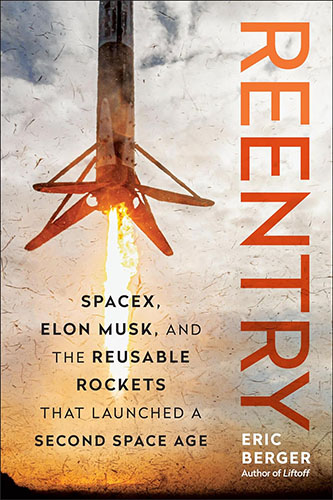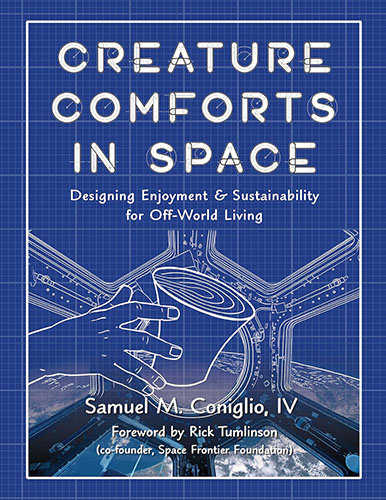By Veronica Ann Zabala-Aliberto
It is only fitting that just before humanity celebrates the 40th anniversary of the Apollo 11 landing on the surface of the Moon, that a current NASA lunar mission acquires imagery dissolving many misconceptions and proving once and for all that the Apollo 11 astronauts, Neil Armstrong and Buzz Aldrin, arrived on the Moon July 20, 1969.
A mission dubbed as the “precursor mission” to sending humans to the Moon by 2020, NASA’s Lunar Reconnaissance Orbiter Cameras (LROC) not only show the Apollo Descent Vehicle left behind by the astronauts, Neil Armstrong and Buzz Aldrin, but also depict their tracks while traversing to the ALSEP (Apollo Lunar Science Experiment Package). ALSEP is a suite of scientific instruments placed by the astronauts at the landing site of each of the five Apollo missions to land on the Moon following Apollo 11 (Apollo 12, 14, 15, 16, and 17). Apollo 11, however, left a smaller, temporary package called the Early Apollo Scientific Experiments Package, or EASEP.
![Four times enlargement of an uncalibrated LROC NAC image showing the Apollo 14 lunar module (LM Antares) and the Apollo Lunar Surface Experiment Package (ALSEP). Note the astronaut tracks between the two artifacts [NASA/GSFC/Arizona State University].](https://lroc.sese.asu.edu/news/uploads/ap14_blowup.png)
![Apollo 11 (UL; 282 meters wide), Apollo 15 (UR; 384 meters wide), Apollo 16 (ML; 256 meters wide), Apollo 17 (MR; 359 meters wide) [NASA/GSFC/Arizona State University].](https://www.nasa.gov/sites/default/files/thumbnails/image/lro_views_of_apollo_landing_sites_11-15-16-17.png)
Mapping the Apollo landing sites has come at a most appropriate time when the world has experienced such economic uncertainty and NASA’s human exploration program is in jeopardy. Such imagery is crucial to educate and inspire the next generation of scientists, engineers and explorers. So much time has passed that two generations of the world’s population would begin to consider humans walking the surface of the Moon just a folktale. It is imperative to keep human exploration to the Moon, Mars and beyond in the legislative language and to ensure that educators, students and members of the general public are kept on the same page as NASA in order to ensure that there are no interruptions in human missions again. Forty years is too long of a time span to not go back to the Moon. Especially when it is Earth’s nearest celestial body – only 3.5 days to be exact!
I learned a very important lesson in my planetary geology class at Arizona State University which I have translated back to visitors at the Lunar Reconnaissance Orbiter Camera Science Operation Center. As my mentor informed us, there are three phases of exploration.
The first phase is Observation and we can thank Galileo for that with the invention of the telescope. Many have observed the Earth’s moon via the telescope for centuries. The next phase of human exploration is Reconnaissance. This is where we get our lunar orbiters and landers. When we want to explore further and closer to the object we are interested in sending humans to we send an armada of spacecraft and surface landers to that planet or moon in order to determine if it is safe for humans to live and work on, what resources are available, and if we can harvest those resources for the betterment of those living on Earth. The final phase of exploration is Human Exploration to that planet or moon of interest.
Therefore, when it comes to Earth’s moon, we have already completed these three phases of exploration! Theoretically, you would think that it would only be natural for us to go back and continue our goals of exploring the Moon with increased frequency. Right? Hopefully, with the spectacular imagery being obtained by LROC, we will again start to explore and educate the way we did when Neil and Buzz walked the surface of the Moon. And remember…LROC is still in its Commissioning Phase. Which means that in just a couple of months we will be in our Nominal Phase of the mission where we will take even more exciting images of the lunar surface at even higher resolution! So stay tuned!
Veronica Ann Zabala-Aliberto is a senior undergraduate student at Arizona State University within the School of Earth and Space Exploration who currently works on the Lunar Reconnaissance Orbiter mission within the LROC Science Operations Center. She is also the Chapter President for the National Space Society of Phoenix.




















1 thought on “The Glories of Our Journey”
“…proving once and for all that the Apollo 11 astronauts, Neil Armstrong and Buzz Aldrin, arrived on the Moon July 20, 1969.”
First off, I believe we landed on the moon. I believe we landed when NASA said we did, the number of times NASA said we did, etc. However, the above statement is ripe for disappointment. Sadly, here is how conspiracy fans will respond:
1) They will say these photos are just new fakes.
2) They will say that even if these photos are real, they don’t show the Lunar Lander. They could be photos of anything.
3) When photos with better resolution are released, conspiracy fans will say they too have been faked.
4) The creative and/or semi-reasonable conspiracy folks will acknowledge these photos are real. But they will say that we didn’t land on the moon in 1969, etc. Instead, we landed on the Moon more recently when technology finally became ready. And these photos are of Lunar Landers planted after the fact.
Again, I personally believe we landed on the moon, if for no other reason than it is much easier to believe we actually did then that we didn’t. Sorry to be the realist, but if the original photos/footage didn’t convince conspiracy fans, than the above grainy photos won’t either. Too bad there aren’t any Mars-style faces in any of the above photos. THEN the conspiracy fans would believe the photos are real, and prove extraterrestrial involvement.
P.S. Ms. Zabala-Aliberto, don’t let my pessimism get you down. I love the optimism and passion in your post. Keep up the great work.